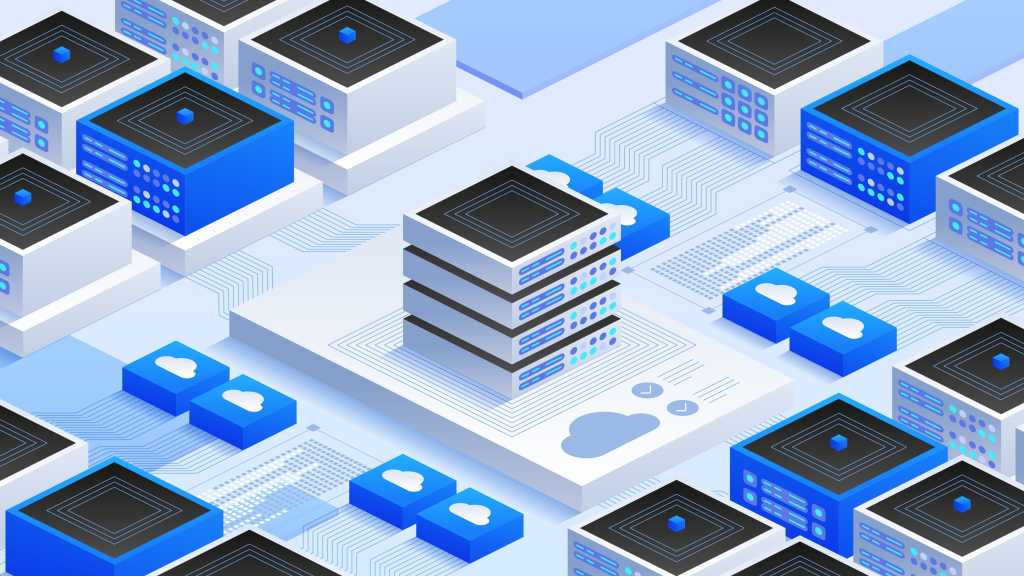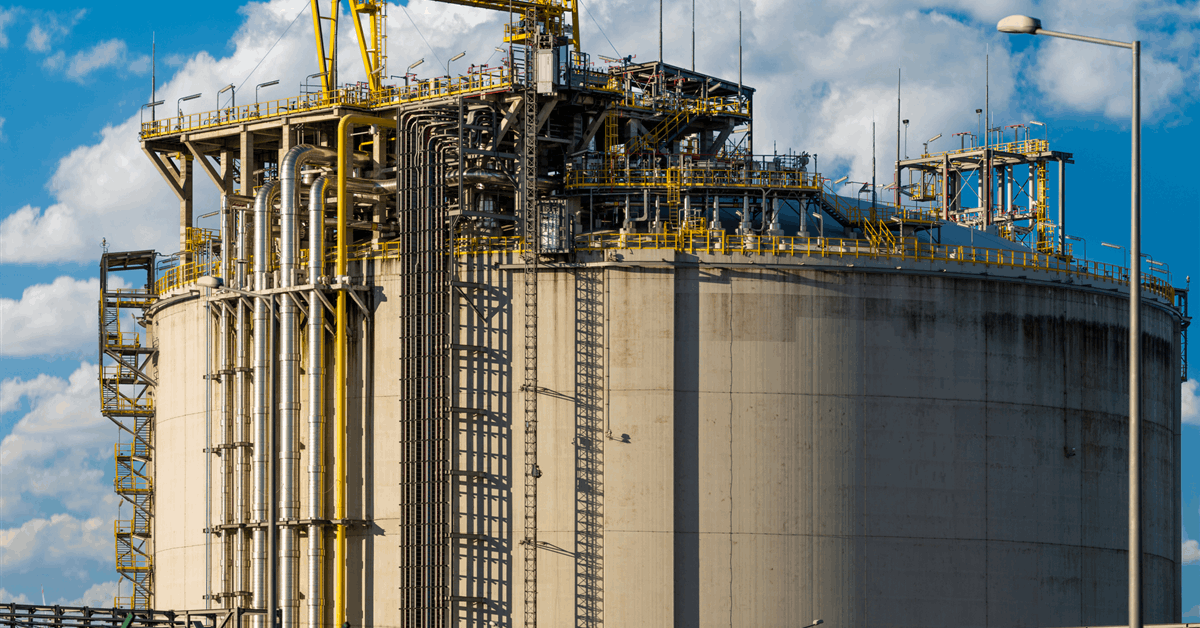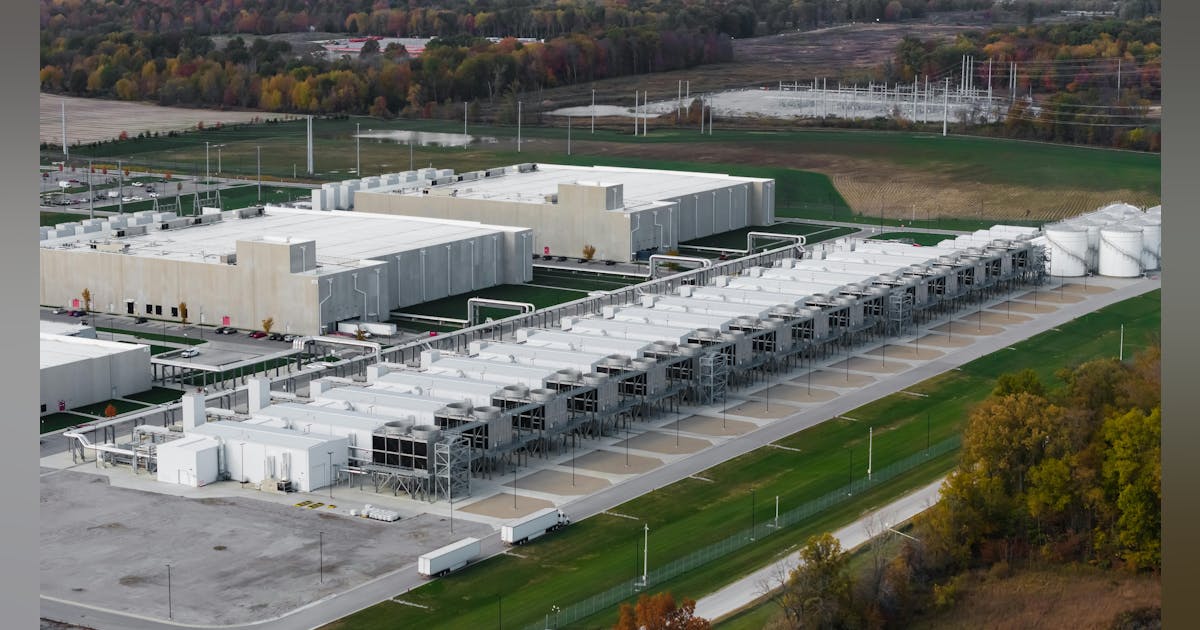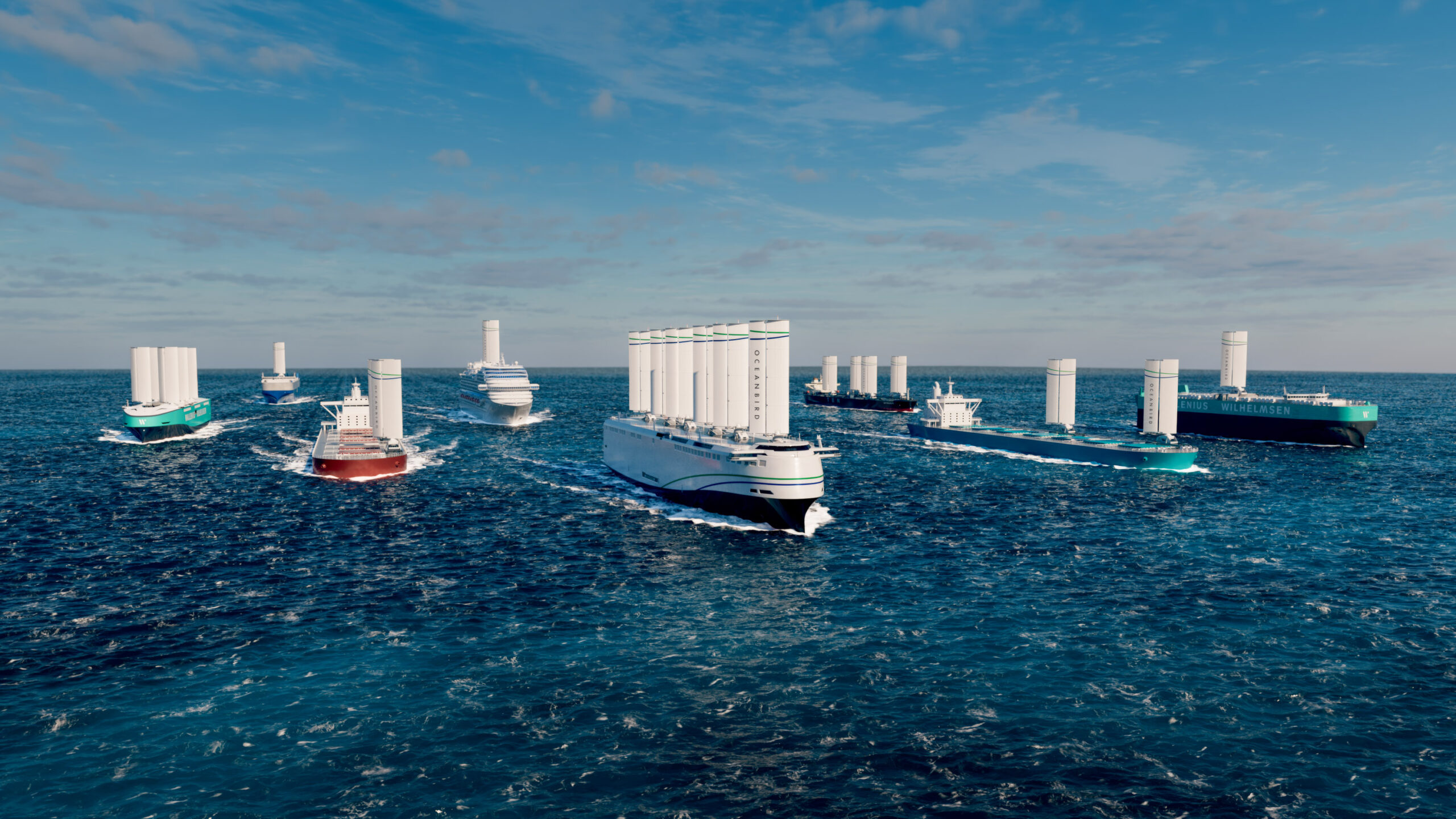
Dive Brief:
- The Bonneville Power Administration plans to join the Southwest Power Pool’s Markets+ real-time and day-ahead market instead of a market being launched by the California Independent System Operator, BPA said in a draft policy released Wednesday.
- While the CAISO’s Extended Day-Ahead Market may offer greater financial benefits compared to Markets+, overall the SPP market is a better fit for BPA based on market design elements covering governance, resource adequacy, greenhouse gas accounting and congestion revenue, the federal power marketer said. Bonneville expects to make a final decision in May.
- The BPA’s draft decision sets the stage for the creation of two intertwined day-ahead markets in the West. “The idea that there’s some West-wide market ideal out there that we can get to today is just not something that is on the table,” Rachel Dibble, BPA power services vice president of bulk marketing, said at a press briefing Thursday. “Maybe someday, in future decades, there may be a point where we could merge into one market, but right now, there are many entities who support Markets+.”
Dive Insight:
The BPA’s decision will have a major effect on market development in the West. It sells wholesale power from federal hydroelectric dams in the Northwest, totaling about 22.4 GW. The federal power marketer also operates about 15,000 circuit miles of high-voltage transmission across the Northwest. The BPA mainly sells its power to cooperative and municipal utilities, and public power districts.
In its draft decision, BPA rejected calls to wait for the West-Wide Governance Pathways Initiative to complete its effort to establish an independent governance framework for EDAM.
While a bill — SB 540 — was introduced in the California Legislature last month to implement the Pathways’ second phase, it “limits the availability of full operational administrative independence by requiring that the market be operated by the ISO,” BPA said. “Bonneville sees the legislation confirming California’s continued policy influence over market design and outcomes.”
In the draft policy, BPA said production cost modeling showed that joining EDAM may provide the power marketer more financial benefits than joining Markets+.
However, the decision on which market to join was never a purely quantitative decision, according to Dibble.
“We have really significant beliefs about the importance of governance, the importance of an open stakeholder process, and while those cannot be quantified, those are qualitative elements that we hold as very high priorities, and we do believe in the long run, they will result in positive quantitative benefits,” Dibble said.
The competition between the backers of Markets+ and EDAM created better results for both market frameworks, according to Dibble. That competition would have been reduced if BPA had waited for the Pathways initiative to fully play out, Dibble said.
Further, the Pathways framework doesn’t go far enough, Dibble said. “We’re comparing [Pathways] to the ideal model, which we believe we have already created in Markets+. It exists. It’s there for us right now,” Dibble said. “The California model, the changes are still just speculative.”
Earlier this year, the Federal Energy Regulatory Commission conditionally approved Markets+, which SPP expects will begin operating in 2027. The agency had previously approved EDAM, which CAISO expects to launch in 2026.
Two markets emerge in the West
Arizona Public Service, Xcel Energy’s Public Service Co. of Colorado, Salt River Project, Tucson Electric Power and UniSource Energy Services are among utilities planning to join Markets+.
There is limited transmission connectivity between the Northwest, Colorado and Arizona, but the Markets+ supporters hope it will increase over time, according to BPA’s Dibble.
Markets+ offers a range of benefits, PSCo told the Colorado Public Service Commission in an application for permission to join the market.
Unlike EDAM, Markets+ will have “a fully impartial and independent market operator, providing confidence that all market operator actions will be for the benefit of all participants and stakeholders,” PSCo said.
The utility expects near-term cost savings for its customers will be “moderate,” but they could grow, possibly by building additional transmission, PSCo said.
Meanwhile, PacifiCorp, the Los Angeles Department of Water and Power, the Balancing Authority of Northern California and Portland General Electric plan to join EDAM. Idaho Power, NV Energy, BHE Montana and Public Service Co. of New Mexico are leaning towards joining the CAISO-run market.
In a sign of the thorny issues that remain to be worked out, PacifiCorp’s proposal for tariff changes that would allow it to join EDAM faces opposition at FERC from BPA, APS and other entities that may join Markets+. Disputed issues include transmission rights and how congestion revenue would be handled, according to filings at the agency.
Mixed reactions
Advanced Energy United is disappointed by BPA failing to pause its decision-making process as called for by members of Congress and others, Brian Turner, a director for the clean energy trade group, said in an email Thursday. “Joining a smaller, more balkanized market undermines the very affordability and reliability of clean energy resources that the region depends on,” Turner said. “By rushing into this decision, BPA risks hitching its wagon to the wrong horse.”
BPA’s decision will lead toward a bifurcated Western market that will be intermeshed with costly seams running all over the region, according to Turner. “Working together in a larger, more unified market, the West could be an energy powerhouse for the nation, but this decision threatens to put that vision out of reach,” he said.
The Public Power Council supports Bonneville’s decision.
“BPA’s selection of Markets+ aligns with key public power priorities, including robust governance that provides meaningful influence for utilities, a market design that enhances regional reliability and efficiency, and a structure that supports the unique hydropower resources of the Northwest,” PPC, which represents consumer-owned electric utilities in the Northwest that buy power from BPA, said in a press release. “Markets+ also offers a cooperative and transparent framework, ensuring that BPA and its customers have a strong voice in shaping market operations.”






















